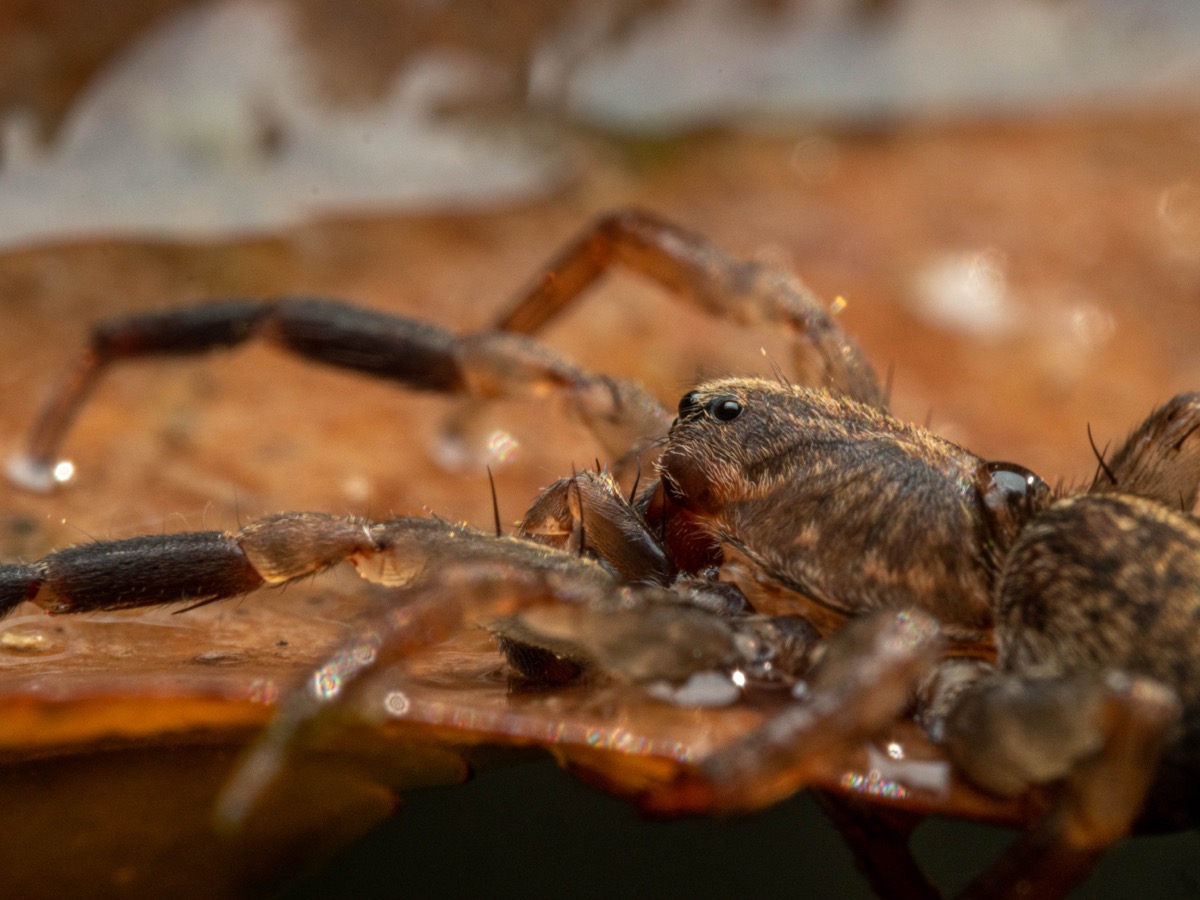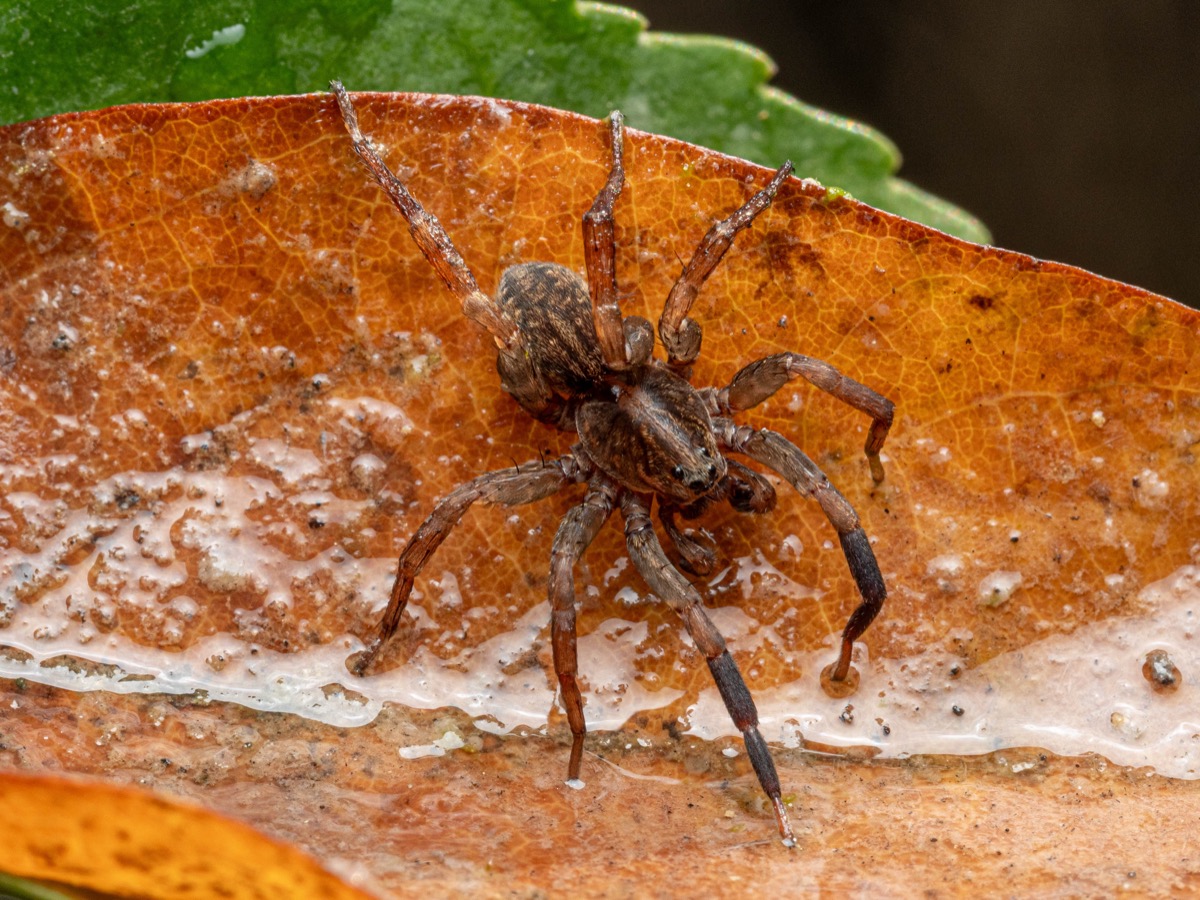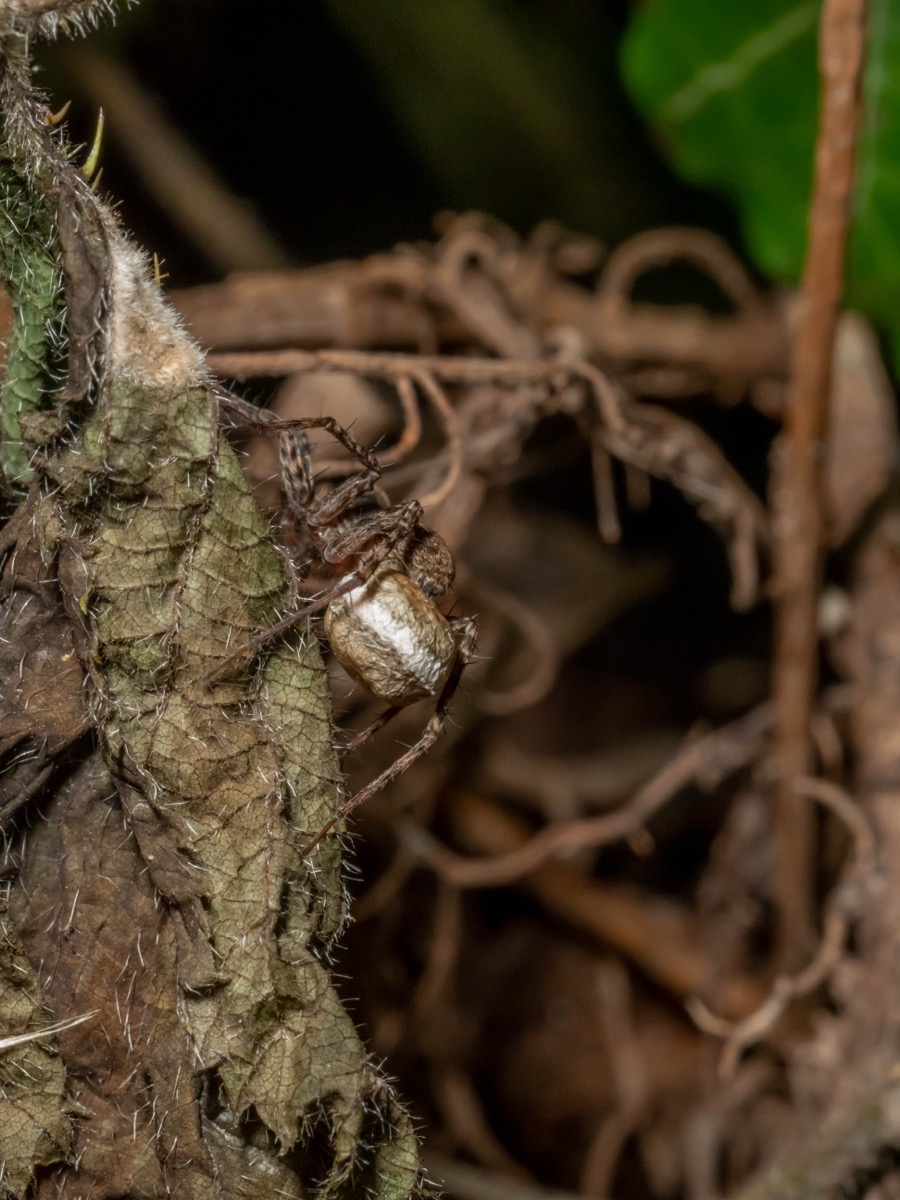Lycosidae – Wolf spiders – are a family of spiders in the order Araneae. They are widespread across the globe and include many different species.
Wolf spiders are named for their hunting behavior, which often resembles that of wolves. They are active and fast predators that move quickly to catch their prey. Unlike some spiders that spin webs to trap their victims, wolf spiders stalk and pursue their food actively.
These spiders usually have good eyesight and rely on vision to locate their prey. They also have long legs that allow them to move quickly across the ground. Wolf spiders inhabit a variety of environments, from deserts to forests and grasslands.
Their venom is used to immobilize prey and aid in digestion. For humans, most wolf spiders pose no significant threat, though exceptions may exist depending on species and location.
They are also known for their parental behavior, with some species creating egg sacs to protect their offspring and tending to their young until they can fend for themselves.
Lycosidae
- Acantholycosa Dahl, 1908
- Allocosa Banks, 1900
- Alopecosa Simon, 1885
- Arctosa C. L. Koch, 1847
- Asiacosa Logunov, 2023
- Aulonia C. L. Koch, 1847
- Bogdocosa Ponomarev & Belosludtsev, 2008
- Caspicosa Ponomarev, 2007
- Crocodilosa Caporiacco, 1947
- Cynosa Caporiacco, 1933
- Deliriosa Kovblyuk, 2009
- Donacosa Alderweireldt & Jocqué, 1991
- Evippa Simon, 1882
- Evippomma Roewer, 1959
- Geolycosa Montgomery, 1904
- Halocosa Azarkina & Trilikauskas, 2019
- Hippasa Simon, 1885
- Hippasosa Roewer, 1960
- Hogna Simon, 1885
- Hygrolycosa Dahl, 1908
- Karakumosa Logunov & Ponomarev, 2020
- Lycosa Latreille, 1804
- Megarctosa Caporiacco, 1948
- Mustelicosa Roewer, 1960
- Orinocosa Chamberlin, 1916
- Pardosa C. L. Koch, 1847
- Pirata Sundevall, 1833
- Piratula Roewer, 1960
- Pyrenecosa Marusik, Azarkina & Koponen, 2004
- Trabea Simon, 1876
- Trebacosa Dondale & Redner, 1981
- Trochosa C. L. Koch, 1847
- Vesubia Simon, 1909
- Wadicosa Zyuzin, 1985
- Xerolycosa Dahl, 1908
Genus Trochosa
Spiders in the genus Trochosa share common traits with other members of the Lycosidae family, such as active hunting behavior and the ability to run quickly to catch prey. They often move along the ground, and some species can also climb vertical surfaces.
Like most wolf spiders, Trochosa species mainly hunt insects and other small creatures. They possess venom glands to subdue prey and consume it afterward.
These spiders vary in size and appearance depending on the species and habitat. Some Trochosa species build burrows or nests under stones or in the soil to shelter themselves and raise their young.
Genus Pardosa
Pardosa spiders are widespread and found in various habitats such as forests, meadows, wetlands, and mountainous areas. They have developed a wide range of hunting and camouflage strategies to adapt to their environments.
These spiders have relatively good eyesight, enabling them to hunt prey efficiently, mostly consisting of insects and other small animals.
The genus Pardosa is diverse and includes many species, each with distinct features in terms of size, color, and behavior.



